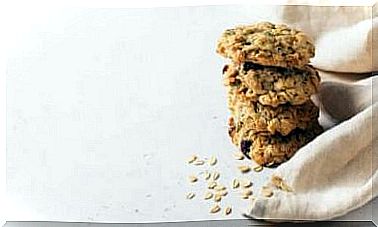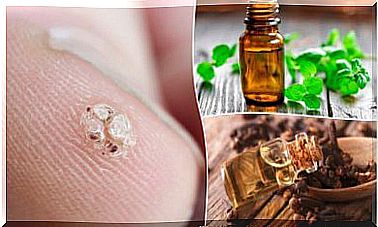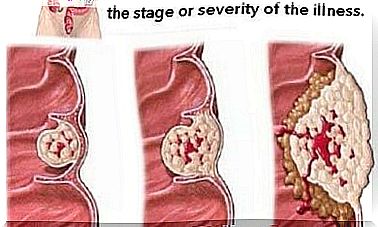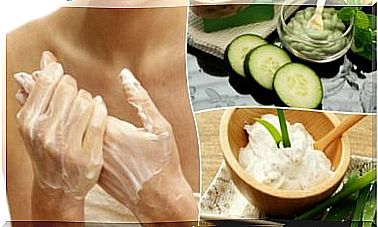How To Dry Fruit At Home
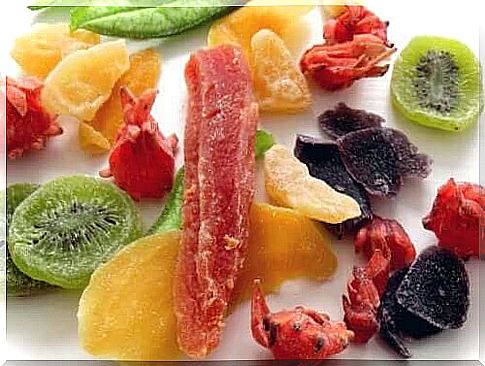
Dehydration of fruit at home has many benefits. It provides many of the vitamins, minerals and fiber found in fresh fruit, but in more concentrated amounts. Similarly, by removing the water, dehydrated fruit is an energy-rich food and an ideal snack to replace sweets. So why not dry fruit at home?
Thanks to their small size and weight, dehydrated fruit can be taken anywhere, making them a recommended choice for breakfast, snacks or energizing snacks. In addition, they can be eaten alone, or you can also add them to many recipes: muesli, salads, yogurt and more. They can also be used for desserts and homemade sweets.
Today, many varieties are available in pre-packaged forms. Sometimes, however, they may have a high price or be accompanied by additional ingredients such as sugar, oil, sulfites or other preservatives.
So if you want to consume them often, it is a good idea to perform the whole process at home. It is simple and suitable for all levels of cooking and you can control the quality of the ingredients. In addition, it is an ideal activity to do with children.
What to keep in mind before starting
When making homemade dried fruits, the result depends on many variables in addition to the ingredients used or the performance of all steps. When drying fruit at home, keep in mind some of the considerations we will explain below.
Fruit type
Many types of fruit can be dried. But each one conditions the process, as some contain more water than others and take longer to dehydrate. This is e.g. the case of strawberries and other berries.
Therefore, it is best to work with groups and dry each type of fruit separately. If there is not enough time, or if you want to do it all at once, you just need to pay more attention and remove those that dry faster.
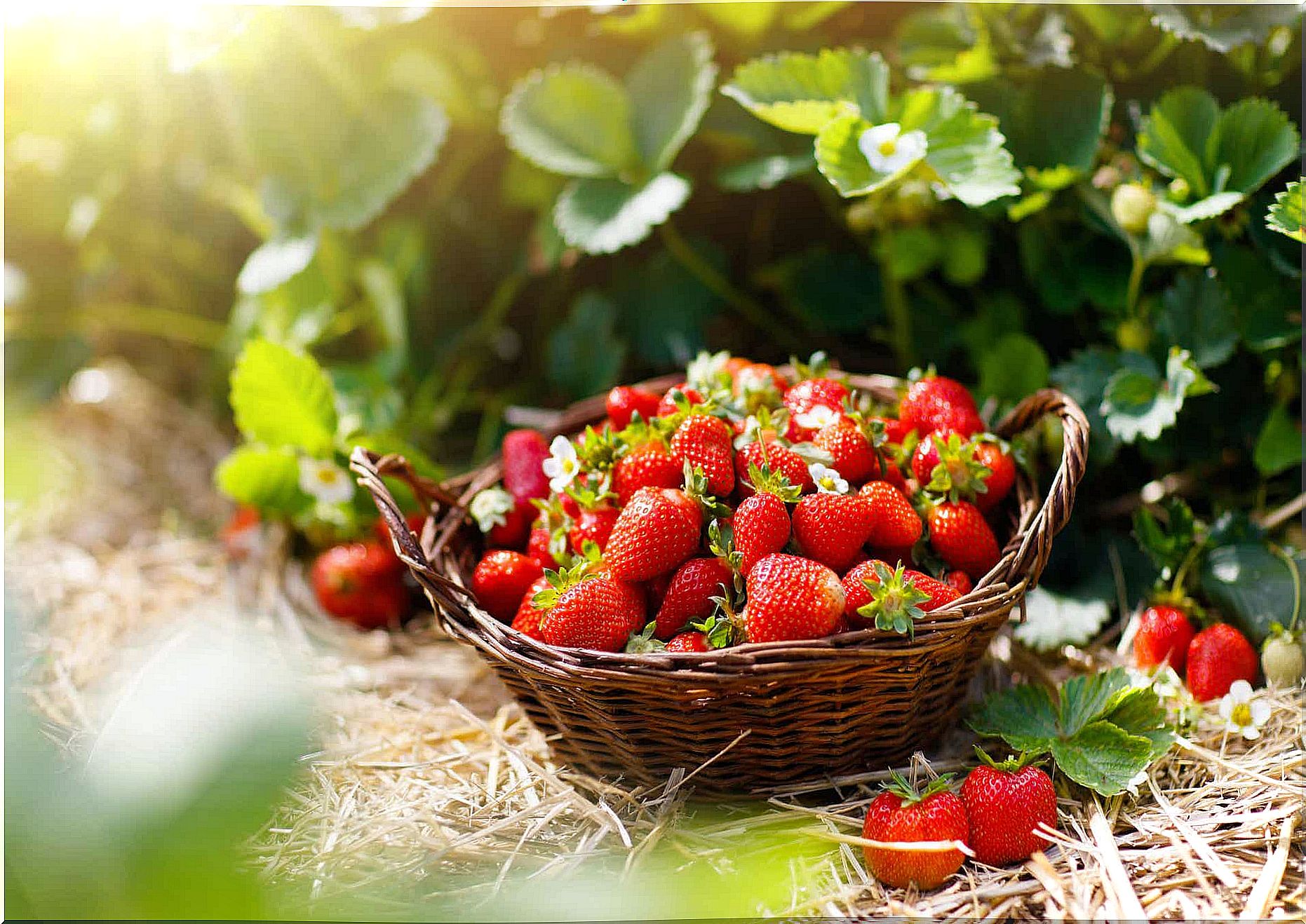
Size
The cut of the fruit determines the time required and the final texture. The thinner it is cut, the faster it dries, and the crispier it is.
Time
As we have already mentioned, dehydration of fruit is not complicated, but it does take some time. Regardless of the system you choose and the temperature you use, the more hours go by, the more water they lose.
Temperature
Working with higher temperatures greatly shortens the whole process, but also increases the risk of roasting, cooking or burning the fruit. And that’s not the result you’re looking for with dehydration. In addition, the loss of some vitamins is also higher.
Price
Sometimes the market price of dried fruit can be a little high. And if consumed frequently, it can be a significant weekly expense.
The advantage of making them yourself is that the final cost of the whole process is lower. Much of the success depends on the raw material, so we recommend that you choose high quality fresh fruit.
Available methods of drying fruit at home
Drying food is one of the oldest and most widely used preservation methods. It can be done through processes that respect the original food and with a final result that preserves its original shape, color and taste.
Today, the procedures have evolved a lot, but some of the techniques are easy to perform at home. No large tools or specific appliances are needed, although it does require a little patience.
Oven-dried fruits
To dehydrate in the oven, place the fruits on the same plates that you use for other baking. It is very useful to line them with paper so that they can be more easily removed from the plate.
To begin with, rinse the fruits well, taking care not to spoil them. Then remove the peel when needed, as well as seeds and stems. Cut into pieces or slices of similar size and place them on the plates so that there is some space between them.
Preheat the oven to between 40 and 60 degrees and place the plates in the oven. If the oven has hot air, it is best to use it. Otherwise, open the door occasionally to remove moisture.
The approximate time to achieve a good result is between 6 and 10 hours. Although this depends a lot on the type of fruit, the cut and the final texture you want to achieve.
How to dry fruit in a microwave oven
This is the fastest method and is great when you are a little busy and want to dry fruit. However, it requires more attention as there is also a high risk of burning the fruit.
As in the previous process, select, rinse and dry the desired fruit. Cut it into half or thin slices if it is larger fruits (peaches, apples, pears).
Place them in a dish that can go in the microwave. You will need to distribute them in the dish so that they do not lie close together. Also, be careful not to mix different types of fruit. It is much better to make them separately.
Set the time to approx. 30 to 45 minutes on the defrost function. That way, it’s easier to prevent them from burning. But do not forget to pay attention.
The most traditional method: To dry fruit in the sun
This is the oldest way to dry fruit and it produces very tasty snacks. However, control over the final result is complicated as it depends a lot on climatic conditions.
To do this, prepare the fruit and place them on a plate. Cover it with a fine mosquito net to avoid contact with insects and other animals. Then place it somewhere on the balcony, terrace or garden where it gets direct sunlight and is well ventilated.
The ideal temperature is around 30 degrees and you should turn the fruits every 12 hours. In this case, it may take between 2 and 5 days to dry. At night it is recommended to take them into the house.
How to store dried fruit
Dehydration is a method of prolonging the shelf life of fresh fruit. Once the process is complete and the fruits are well stored, they can keep for weeks or months in good condition. To this end, the National Center for Home Food Preservation has made the following recommendations:
- Before storage, it is important to allow the fruit to cool completely. Fruits that are still hot give off moisture and it promotes the appearance of mold.
- Pack it in clean, dry containers. The most suitable containers are glass, plastic buckets or freezer bags. Another good option is vacuum packaging.
- Fill the containers with the fruits, but without crushing them. If the quantities are large, it is preferable to divide the fruits into several separate containers. Remember that every time they are opened, air and moisture can damage the contents.
- Store dry, dark and cool. Under these conditions, the shelf life varies between 4 months and 1 year.
- Check occasionally for moisture. In this case, food in good condition can be dried again. If they seem moldy, it is better to discard them.
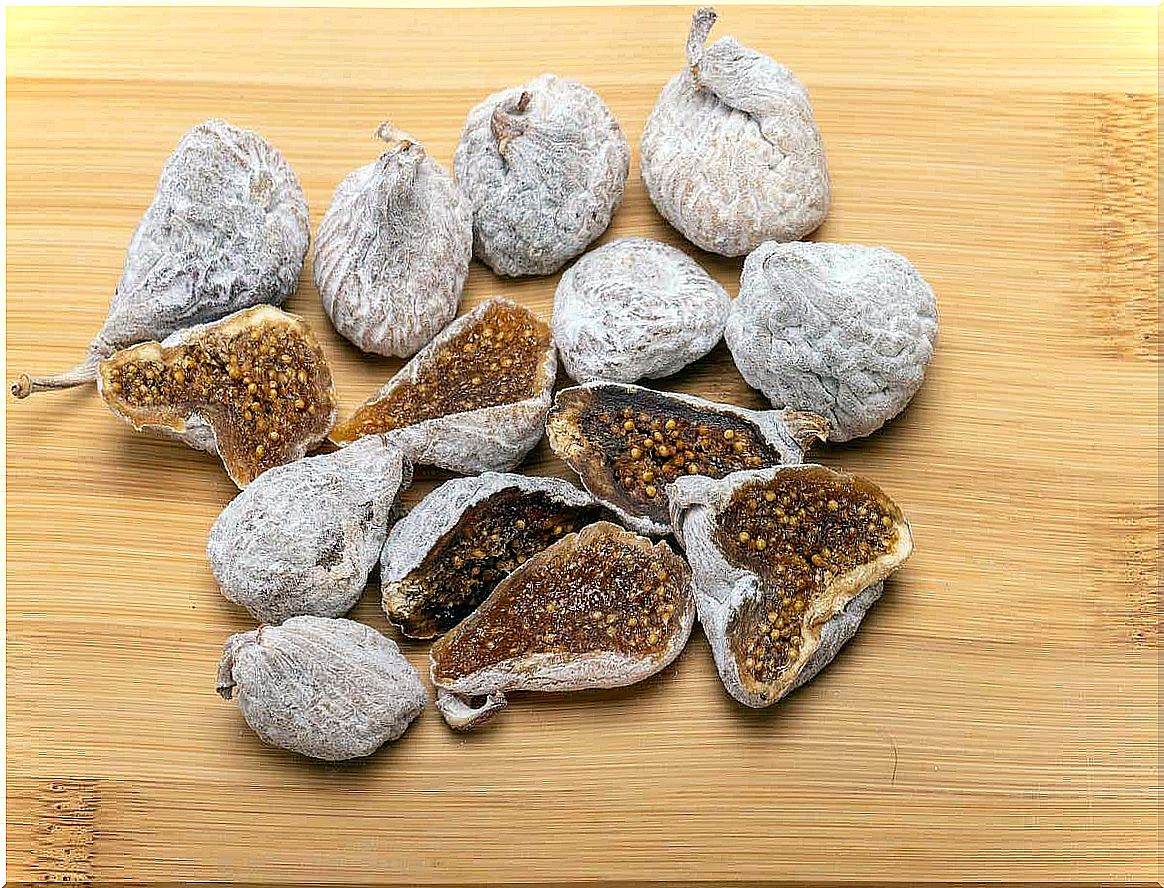
Important factors for being able to dry fruit successfully
Drying fruit at home is easy and you get a quality product at an affordable price. In addition to being tasty, they are healthy and increase your energy levels. However, it is important to keep in mind that they do not replace the recommended daily servings of fruit.
Before you start, remember to rinse and dry the fruit and cut them all to the same size (either in half or slices). Some of them, such as pears or apples, may darken upon drying. To avoid this, you can spray them with a little lemon juice.
It is important not to forget them and look at them from time to time to prevent them from burning on. If they do not dry evenly, turn them occasionally.
With the methods we mentioned, you can make dried fruits at home without any problems. However, if you like them so much that they are part of your daily diet, it may be a good idea to invest in a specific device to dehydrate foods at home.
Remember as the last one that the end result is a matter of time, humidity and temperature. You may experience some mistakes in the beginning, but do not be put off! With a little patience and experience with the technique, you will quickly succeed.


